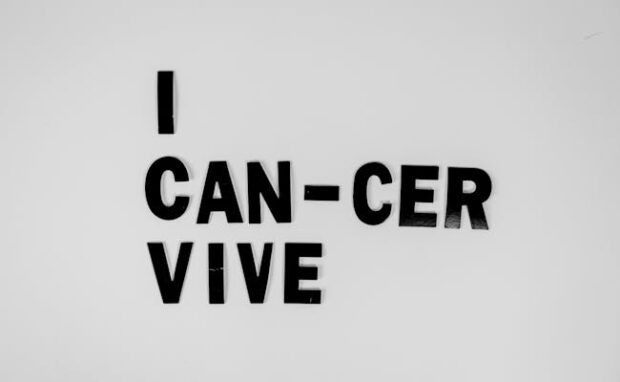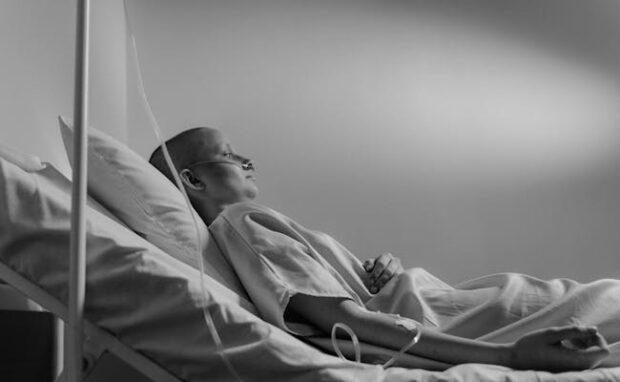Teen cured of brain cancer is world’s first
Many diseases remain incurable; that is why scientists continue to research and test potential treatments. Some don’t work, others take time to take effect, but sometimes, it works for a few individuals. When that happens, scientists immediately examine the patient further to understand how the person achieved recovery.
The 13-year-old Belgian boy Lucas is a recent example of such a patient. The lad joined an experimental drug test and became the first to recover from diffuse intrinsic pontine glioma, a rare type of brain cancer. As a result, the medical community wants to understand how he got cured to replicate the results on other patients.
This writer will elaborate on Lucas and his miraculous recovery from a one-of-a-kind brain cancer and share another experimental cancer treatment ongoing research and testing.
What do we know about the brain cancer survivor?

ScienceAlert reported that Lucas received his diagnosis of a rare type of brain tumor when he was six. He had a brainstem glioma or a diffuse intrinsic pontine glioma (DIPG).
The research update website says that roughly 300 US children and 100 French kids get diagnosed annually. However, the medical community announced that 85% of children survive more than five years after being diagnosed.
However, most DIPG patients don’t live a year past their diagnosis. Recent findings suggest only 10% were alive after a couple of years.
That is why Lucas and his family traveled from Belgium to France to become one of the first to join the BIOMEDE trial. It tests potential drugs for DIPGG.
Doctor Jacques Grill said Lucas responds strongly to the cancer drug Everolimus, which medical professionals assigned to him randomly.
“Over a series of MRI scans, I watched as the tumor completely disappeared,” the doctor said. However, he did not stop the regimen until a year and a half when Lucas revealed he was no longer taking medicines.
“I don’t know of any other case like him in the world,” Grill stated. Seven other children in the BIOMEDE trial years after their diagnoses, but only Lucas’ brain cancer disappeared.
READ: Vibrating molecules destroy 99% of cancer cells
Doctor Grill explained the reason these children responded to the medications while others didn’t was likely due to “biological particularities” of the tumors. Consequently, researchers are studying these abnormalities.
“Lucas’ case offers real hope,” stated Marie-Anne Debily, one of the researchers studying this unique case. “We will try to reproduce in vitro the differences that we have identified in his cells,” she added.
If the samples work on the tumor, “next step will be to find a drug that has the same effect on tumor cells as these cellular changes,” Debily said.
Could we fight cancer with carbon monoxide?

Believe it or not, scientists are exploring how carbon monoxide could treat cancer.
They gained inspiration from a strange observation: cancer patients who smoked had better results from treatments that restrict autophagy.
Autophagy could promote cancer growth by destroying and then remaking them into new ones. That is why some procedures inhibit this phenomenon, but it typically has mixed results.
“When we looked at how the smokers did in those trials, we saw an increase in overall response in smokers that received the autophagy inhibitors, compared to non-smoker patients, and we also saw a pretty robust decrease in the target lesion size,” says Carver College of Medicine oncologist James Byrne.
Surprisingly, smokers have more consistent success when taking autophagy treatments. That is why researchers thought carbon monoxide might be a viable cancer solution.
Carbon monoxide is a colorless gas that comes from cigarette smoke and car fumes. It is a hazardous substance, so researchers used Gas-Entrapping Materials (GEMs) to create a safe-to-drink solution.
They succeeded in eliminating cancerous human and mouse lab cells. Then, they gave it to mice with pancreatic and prostate cancers while administering autophagy inhibitors.
ScienceAlert says it significantly reduced tumor growth and progression. “Smokers have higher carbon monoxide levels, and while we definitely don’t recommend smoking, this suggested that elevated carbon monoxide might improve the effectiveness of autophagy inhibitors,” says Byrne.
“The results from this study support the idea that safe, therapeutic levels of CO, which we can deliver using GEMs, can increase the anti-cancer activity of autophagy inhibitors, opening a promising new approach that might improve therapies for many different cancers,” stated Byrne.